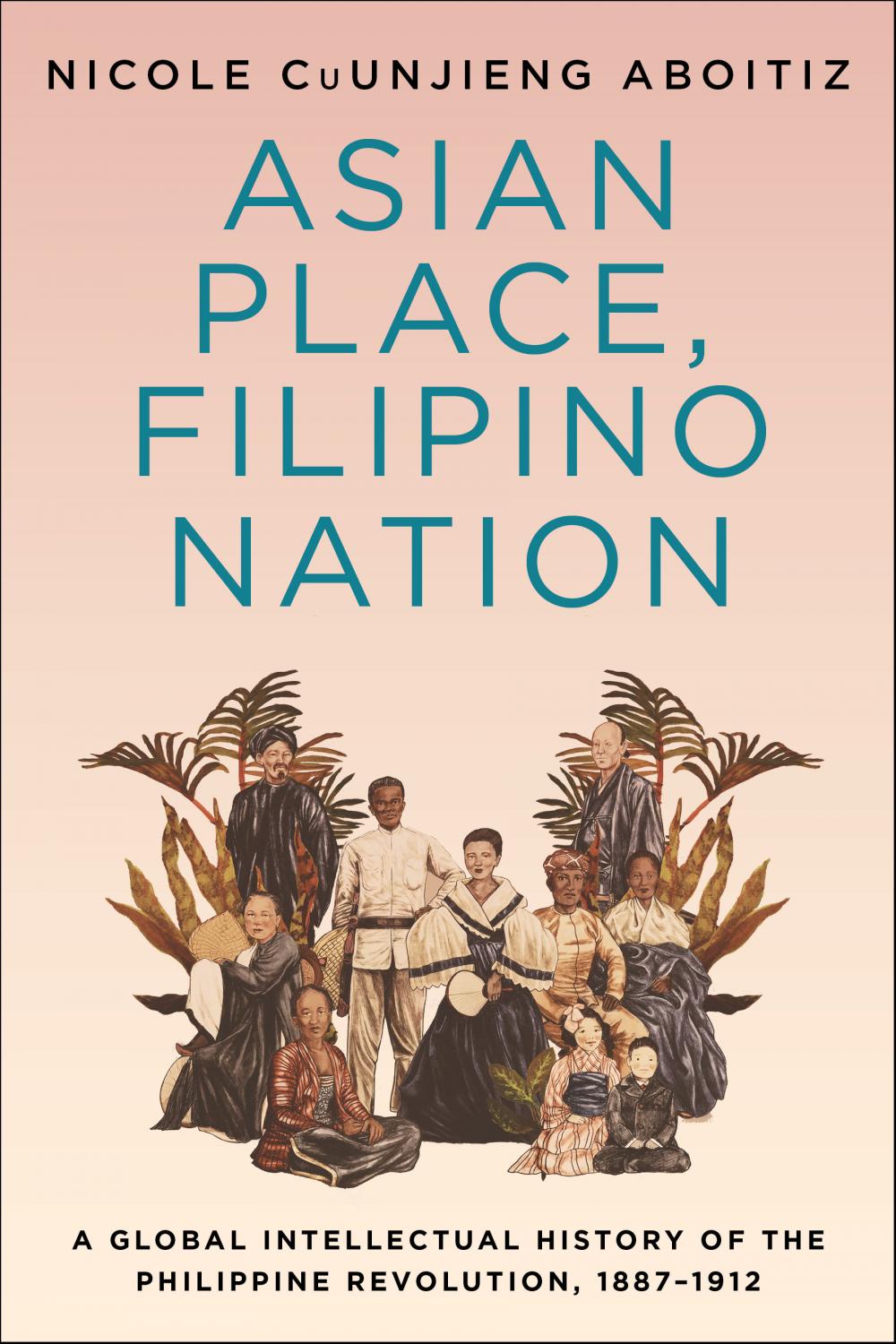Asian Place, Filipino Nation
The Philippine Revolution of 1896–1905, which began against Spain and continued against the United States, took place in the context of imperial subjugation and local resistance across Southeast Asia. Yet scholarship on the revolution and the turn of the twentieth century in Asia more broadly has largely approached this pivotal moment in terms of relations with the West, at the expense of understanding the East-East and Global South connections that knit together the region’s experience. Asian Place, Filipino Nation reconnects the Philippine Revolution to the histories of Southeast and East Asia through an innovative consideration of its transnational political setting and regional intellectual foundations.
Contents:
1. A Transnational Turn of the Century in Southeast Asia.
2. Constructing Asia and the Malay Race, 1887–1895: Early Attempts to Transnationalize Pan-Asianism.
3. The Philippine Revolution Mobilizes Asia, 1892–1898: Spanish Imperial Anxieties, the Vietnamese Đông Du Movement, and a Coming Race War.
4. The First Philippine Republic’s Pan-Asian Emissary, 1898–1912: Transnational Cooperation, Affective Relations, and the Pacific Empires
5. The Afterlife of the Philippine Revolution: Reverberations from China to India to Third Worldist Futures

CuUnjiend Aboitz, Nicole. Asian Place, Filipino Nation: A Global Intellectual History of the Philippine Revolution, 1887-1912. Columbia University Press. 2020
